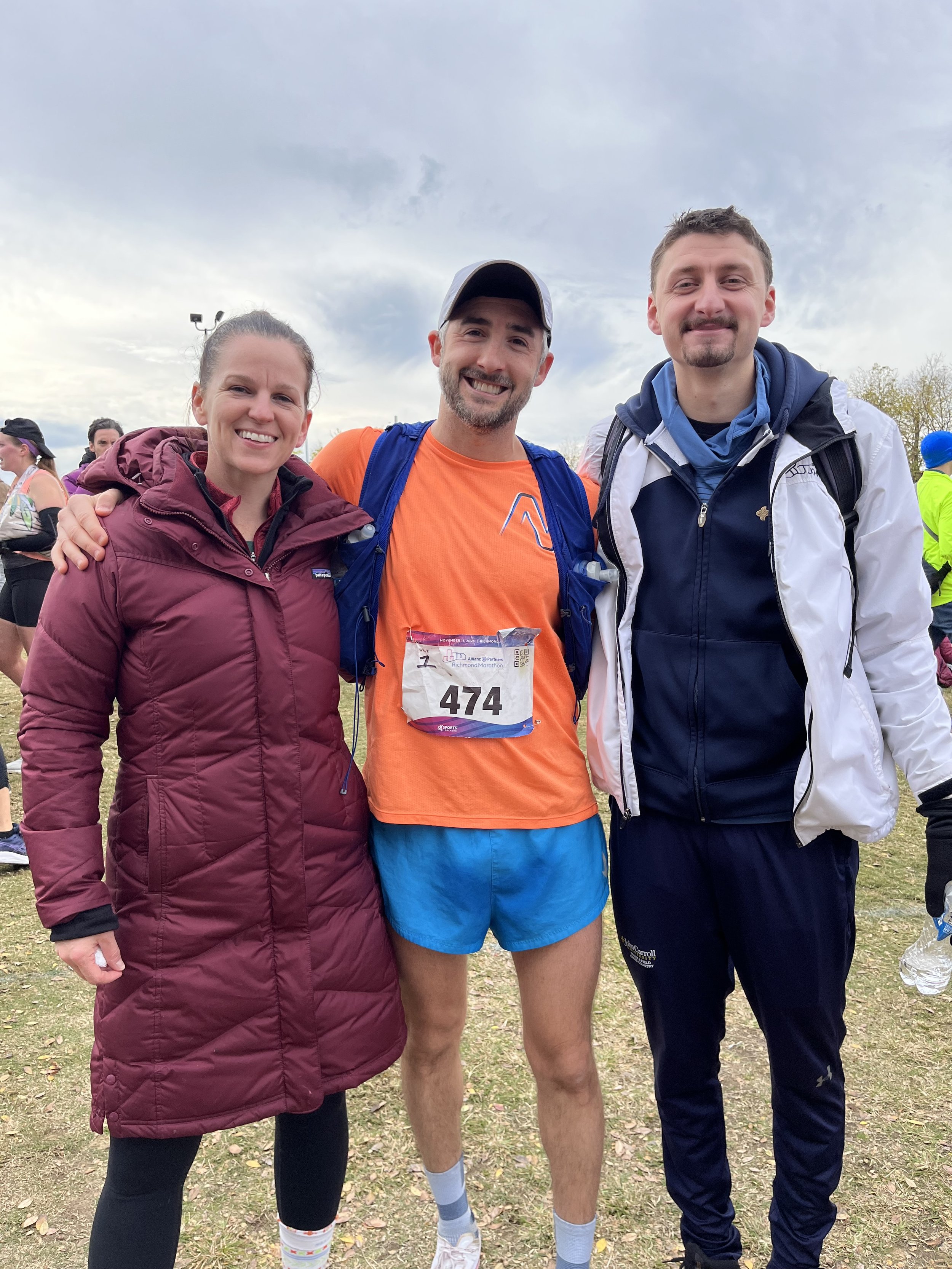Last fall, I met a patient by the name of D. By the time she was evaluated, she has been dealing with lower back pain for four months. She had gone through the typical medical runaround. Met with her primary care doctor. Referred to an orthopedist. MRI. Medication. No better, no worse. Nothing significant on MRI. Recommended to do physical therapy.
At our first visit, I learned her back issue began after moving furniture at home and then further exacerbated, a few times, by gardening. She was devastated. As a 30 year old active female who enjoyed yoga and dancing, she thought her body was breaking down. She thought her days of physical activity were done.
In our initial physical therapy appointment, we performed a thorough movement assessment to help identify what was causing her pain. D had a clear mechanical back issue that was aggravated by movement and lifting. She moved excessively into a backbend movement into her lower back in part because of poor trunk control/core strength, limited hip flexibility and a stiff upper back. It was a presentation I’ve seen time and again. This provided me with full confidence she was in the right office. She was going to receive the care she needed to get back to the activities she loved: pilates, yoga, long hikes and dancing.
After a month of physical therapy focused on manual therapy, dry needling and exercises, she returned to long walks but still feeling mild symptoms. At two months of more strengthening and core work, she had resumed pilates and yoga while feeling slight pain. Three months into care, she was doing most daily and recreational activities without symptoms. Finally by four months, she was dancing in the drum circle at Meridian Hill Park in Washington DC without symptoms.
Although, D had a fairly linear progression, each session started with the same question and response. “How is your back doing,” I would ask. To which she would reply, “Oh I don’t know. It’s the same.” Upon delving deeper, I learned her physical activities massively increased without any worsening of her back pain. Eventually, her back pain regressed and her function progressed, which is a very common trajectory in physical therapy care for lower back back.
What I learned from D, was my ability to reassure her she was making progress. I affirmed she had been doing all the corrective actions of make her back better. This was often just as important( if not more important) as my manual therapy techniques and exercises.
The Norton Physical Therapy team supporting each other at a race in Washington, DC
At this point in my career as a physical therapist, one of my super powers is my experience. I have had many thousands of repetitions in working with clients with back pain. As a result, I’ve seen it all. I know when to push, when the pull, accelerate or pump the brakes. This library of reference enables me to provide support and reassurance to a client’s like D- one who is objectively improving, yet subjectively is not sure- that she was doing a great job and progress was happening. At Norton Physical Therapy and Performance, we don’t just have experienced physical therapists, we have caring and compassionate human beings dedicated to the service of helping people feel and move better.
A common theme an interested client is that they’ve had their pain for months or years and may have tried seeing various physicians or other healthcare providers but have not tried physical therapy. Occasionally, they think their pain is forever. There’s nothing to be done about it. In my experience everyone has potential. The first step is asking. I’m here to help active adults get stronger, hurt less and move more

